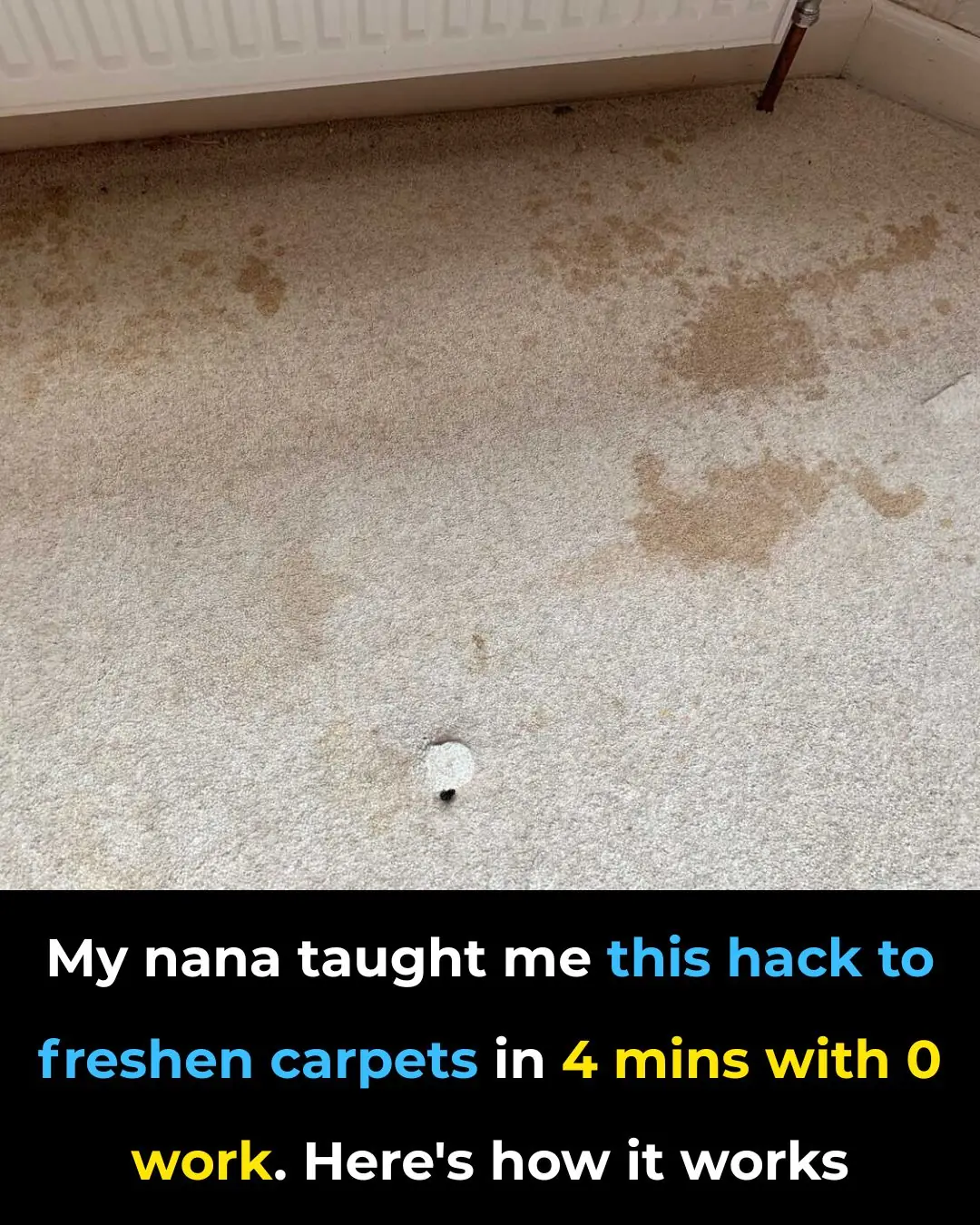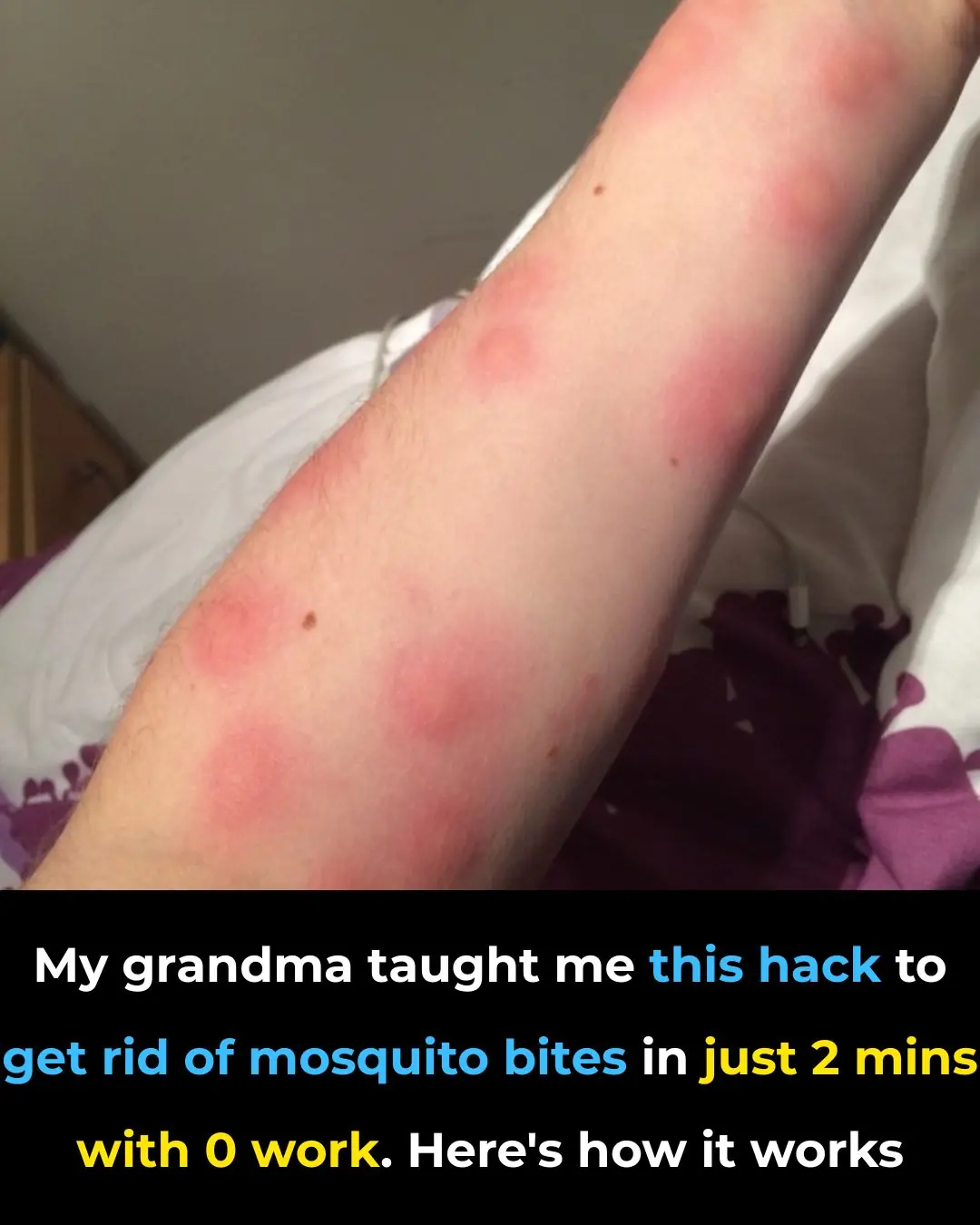
You're Doing It All Wrong. Here’s the Right Way to Prevent Winter Mold
Winter may bring snowy scenery and cozy evenings, but it also creates the perfect conditions for indoor mold. As we seal our homes to stay warm, we often trap moisture inside—moisture that mold loves. Left unchecked, mold can damage your home and trigger allergies, asthma flare-ups, and other respiratory issues.
Here’s the right way to prevent winter mold and keep your home healthy all season long.
1. Know What Causes Winter Mold
Mold needs three things to grow: moisture, warmth, and organic surfaces. Winter provides all three. Tightly sealed homes hold in humid air, creating ideal spots for mold—especially in bathrooms, kitchens, basements, and anywhere ventilation is poor.
The health risks range from mild allergies to serious breathing problems, so prevention is key.
2. Keep Humidity Between 30%–50%
Mold thrives in humidity above 60%. A simple hygrometer lets you monitor indoor moisture so you can act fast. If levels creep too high, turn on exhaust fans, improve airflow, or use a dehumidifier.
3. Don’t Block Vents—Let Air Circulate
Good ventilation keeps moisture from settling.
✔ Keep vents open
✔ Move furniture away from registers
✔ Use kitchen, bathroom, and laundry exhaust fans
If your home struggles with humidity, consider a whole-house ventilation system.
4. Use Exhaust Fans Every Day
Run exhaust fans during and after showers, cooking, or laundry. They must vent outdoors, not into the attic. Clean fans regularly to keep them working efficiently.
5. Manage Window Condensation
Condensation is one of the biggest winter mold triggers.
To prevent it:
-
Wipe windows daily
-
Install double glazing or use insulation film
-
Keep curtains slightly open to allow airflow
Stopping moisture from collecting on sills stops mold before it starts.
6. Use Dehumidifiers in Damp Rooms
Basements, bathrooms, and laundry rooms often need extra help. Set your dehumidifier to 30%–50% humidity and clean it regularly. A built-in hygrometer is a plus.
7. Improve Insulation
Proper insulation reduces cold surfaces where condensation forms.
Check for gaps around:
-
Windows
-
Doors
-
Pipes
-
Attics
Better insulation keeps your home warmer, lowers heating costs, and reduces mold risk.
8. Inspect Your Home Regularly
Look for:
-
Musty smells
-
Water stains
-
Bubbling paint
-
Damp walls
Address leaks immediately—plumbing, roofs, windows, and basements are common culprits.
9. Use Natural Cleaners for Small Mold Spots
Small surface mold can be treated naturally:
-
Vinegar kills mold spores
-
Baking soda scrubs surfaces
-
Tea tree oil has antifungal properties
Always wear gloves and a mask, and never mix bleach with other products.
10. Be Careful With Houseplants
Plants can help purify indoor air—but overwatering them increases humidity.
Tips:
-
Choose plants that don’t need frequent watering
-
Avoid placing plants in damp rooms
-
Use a pebble tray to catch extra moisture
11. Know When to Call a Professional
Get professional help if:
-
Mold covers a large area
-
It keeps returning
-
It’s inside walls, floors, or HVAC systems
-
Anyone in your home has health symptoms linked to mold
Experts ensure mold is removed safely without spreading spores.
News in the same category


Whoa, I Had No Clue About This!

Were You Aware of This? Wow — I Just Discovered Something New!

You’re Doing It All Wrong: Here’s the Right Way to Keep Indoor Air Fresh in Winter

📺 Disney+ Announces Season 3 Premiere Date for "Addictive" Thriller Tell Me Lies

🌸 Coronation Street Star Georgia Taylor Hits Back at Rude Troll Over New Tattoo

👻 Back From the Dead: Barry Evans Returns to EastEnders After 21 Years

🎤 I'm A Celebrity's Aitch "Cancelled" Over Ex-Girlfriend's Embarrassing Story

🧶 Tom Daley Designs the World's First 'Scratchcard-igan' for the Festive Season

🤷♀️ MAFS UK Fans Ask: Where Were Grace and Ashley at the Reunion?

🎤 Sam Thompson and Pete Wicks Address Strictly Hosting Rumours

🏥 Kerry Katona Undergoes Corrective Breast Surgery After Tissue Rupture

Vogue Williams confirmed as I'm A Celeb latecomer as she shares 'real worry'

Emmerdale fans 'rumble' DNA twist as April is 'not Marlon Dingle's daughter'

I'm A Celeb star Ruby Wax's changing face over the years

What happens next as Zoe received another menacing threat in EastEnders tonight

Passenger in shock as Tesla Robotaxi ‘safety’ driver falls asleep at the wheel

Reason I’m A Celebrity star Vogue Williams won’t be meeting husband Spencer Matthews on jungle bridge

Inside I’m A Celebrity star Aitch’s adorable bond with disabled sister Gracie – dedicating a song to her; climbing Mount Kilimanjaro; how she ‘changed’ his life
News Post

My Nana’s 4-Minute, Zero-Effort Trick to Freshen Carpets

Whoa, I Had No Clue About This!

Were You Aware of This? Wow — I Just Discovered Something New!

You’re Doing It All Wrong: Here’s the Right Way to Keep Indoor Air Fresh in Winter

📺 Disney+ Announces Season 3 Premiere Date for "Addictive" Thriller Tell Me Lies

🌸 Coronation Street Star Georgia Taylor Hits Back at Rude Troll Over New Tattoo

👻 Back From the Dead: Barry Evans Returns to EastEnders After 21 Years

🎤 I'm A Celebrity's Aitch "Cancelled" Over Ex-Girlfriend's Embarrassing Story

🧶 Tom Daley Designs the World's First 'Scratchcard-igan' for the Festive Season

🤷♀️ MAFS UK Fans Ask: Where Were Grace and Ashley at the Reunion?

🎤 Sam Thompson and Pete Wicks Address Strictly Hosting Rumours

🏥 Kerry Katona Undergoes Corrective Breast Surgery After Tissue Rupture

When a Baby Elephant Called for Help — and Soldiers Answered.

THE FIRST WOMAN ON THAT FIELD: The Story of Lt. Gabrielle White and the Day She Shook the Army.

The Cry That Stopped the Truck.

The Day a Police Officer Became a Hero to One Little Boy.

The Last Delivery: The Day an Amazon Driver Became Family.

When Atlas Finally Fell — And Someone Finally Caught Him.
